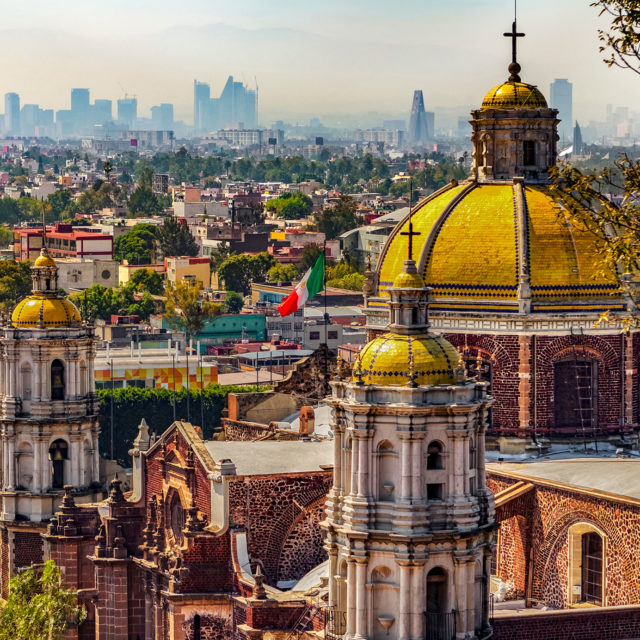It’s a Friday afternoon in Mexico City and locals are winding down ahead of the weekend. In the Roma district, the sinking sun casts a soft, hazy light that filters through the trees and onto the area’s ornate buildings. It’s the perfect afternoon for a glass of wine… or four.
On the sidewalk, outside Roma’s Loup Bar, a group shares a bottle of rosé and casual chatter. As the evening progresses, the outdoor tables begin to fill, glasses are emptied, and waiters appear to refill them with more and more bottles of natural wine.
As in many places across Europe and the Americas, natural wine is burgeoning in Mexico City. “It’s still a small movement, but natural wine options are increasing,” Gaetan Rousset, owner of Loup Bar, says.
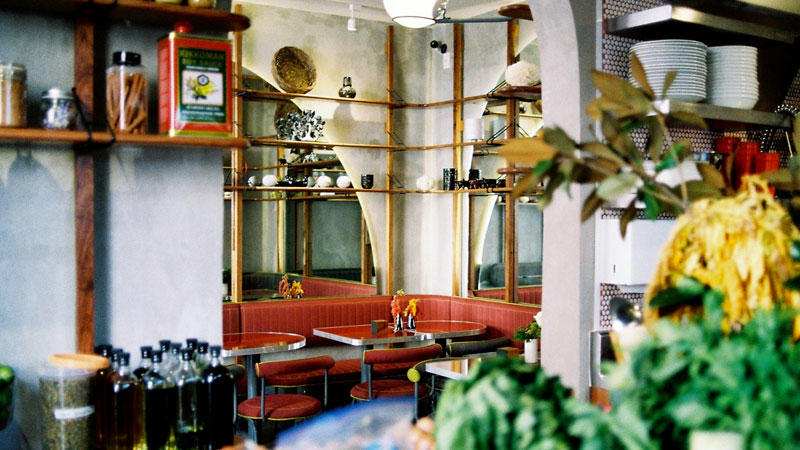
Loup Bar mostly stocks wines from Europe, but Rousset is acutely aware of several Mexican wineries that are reconsidering the way they produce and ferment grapes. Bichi Wines in Tecate is possibly the most well-known Mexican winery producing natural wine.
“Bichi is special because they were the first ones in Mexico to produce natural wine and use grapes that nobody cared about, like the Rosa de Peru varietal, which missionaries brought from Europe 500 years ago,” says Rousset.
Developed around five years ago by Jair Tellez, owner of Mexico City restaurants Amaya and Merotoro, and winemaker Louis Antoine Luyt, Bichi Wines has become synonymous with Mexico’s natural wine scene.
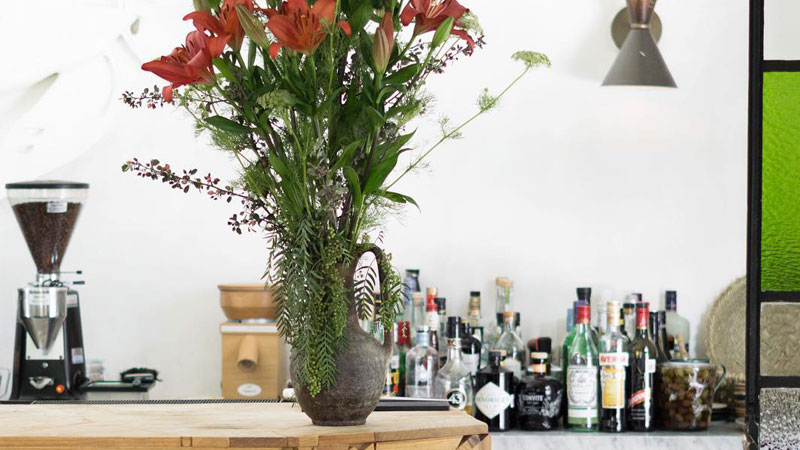
“Over the last three years, we have seen an evident growth in interest and sales of natural wines in Mexico City,” says Tellez, who offers fermented wines with non-selected yeasts at Amaya and natural (and non-natural) wines at Merotoro. While Teller is a firm believer in natural wine, he’s also quick to admit that, although the interest is on the up, it’s still in its infancy.
“We are at such an embryonic stage in these developments that we are barely understanding what is or what Mexican wine culture could be,” Tellez says. But one thing he’s certain about is that younger generations are attracted to this wine movement and are keen to try new products. “There’s a younger, well-traveled population of people that don’t assume themselves to be wine drinkers and therefore are very open to new and different kinds of wines,” he says.
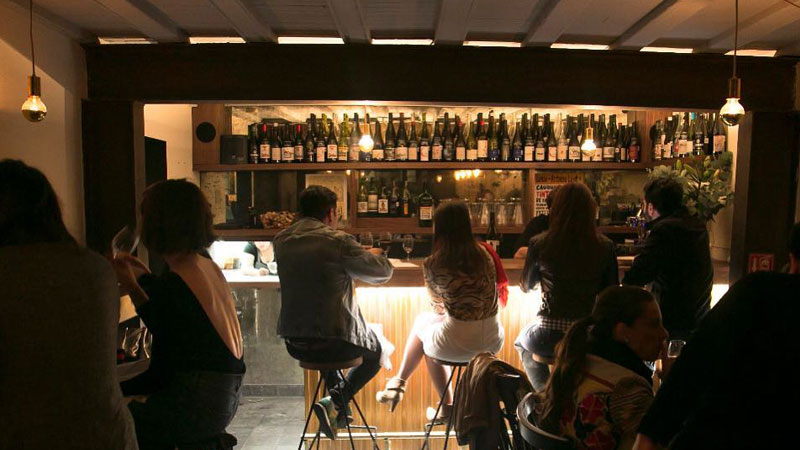
Across the city, restaurants are ramping up their natural wine offerings. At Maximo Bistrot, one of the city’s most well-known and loved restaurants, the wines on the menu are selected based on their minimal intervention. Co-owner Gabriela López-Cruz prefers to stock bottles directly from the producers.
“Since we opened Maximo (eight years ago), we always wanted to serve wines from small producers — preferably organic,” says López-Cruz, who offers many natural wines from Europe, which she discovered with co-owner and chef Eduardo García while traveling through Europe.
Around 15 percent of the wines at Niddo, a sun-doused corner restaurant in the Juárez neighborhood, are natural. “The wines started popping up in lots of the best restaurants in Mexico City a few years ago. Then, other restaurants starting adding lots of natural wines to their wine lists. There’s lots of awareness on the topic in the industry,” says co-owner Eduardo Plaschinski, who lists Bichi Wines and Vena Cava, which uses no pesticides or fertilizers, as two of the most interesting Mexican producers right now.
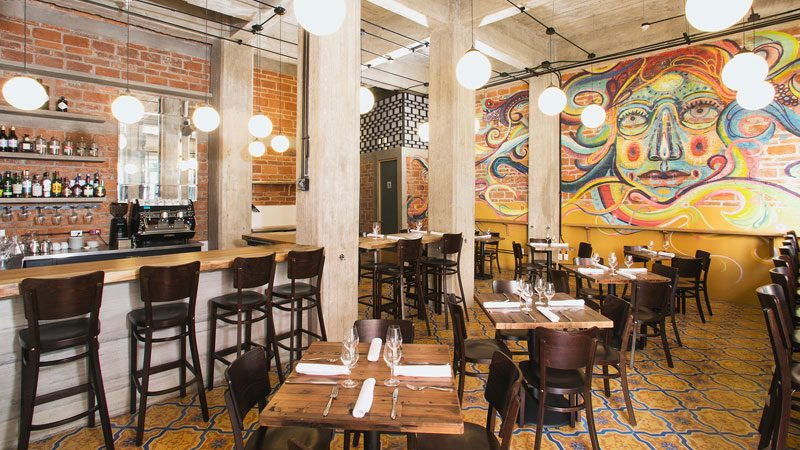
At the nearby Tachinomi Desu, a hip standing wine and sake bar, they serve natural wines from all over the world alongside Japanese-inspired plates. “We try to offer a new universe of wines to the public,” says owner Edo Kobayashi.
Swing by the narrow bar at Tachinomi Desu on a Friday night and you’ll find it heaving with locals, glasses of natural wine in hand. Five years ago, this wouldn’t have been the case.
“In Mexico, the wine culture is still very young compared to the old world of wine,” says Kobayashi. Clearly, consumers are evolving in tandem with wines they drink.

Where to Experience Mexico City’s New Wine Culture
Amaya
Mexican tiles and murals adorn the walls of this casual spot, which serves up plates of Med-meets-Mexican cuisine alongside Bichi (and other) natural wines. Location.
Loup Bar
Tucked in a narrow space in the Roma Norte, bottles of biodynamic wines from all over the world are available here. Expect bright dishes like burrata with kale and lamb with lemon and couscous. Location.
Maximo Bistrot
Having ranked in the World’s 50 Best Restaurants in Latin America list, Maximo Bistrot is an unfussy French-influenced restaurant with an extensive menu of wines from Valle de Guadalupe. Location.
Merotoro
An upscale surf-and-turf spot serving natural and non-natural wines from across the world. Location.
Niddo
This bright, corner restaurant has a limited wine list with a handful of natural wines. On the menu, expect homey, expertly executed Mexican dishes created using hyper-local produce. Location.
Tachinomi Desu
Natural wines and sake are the order of the day at this narrow standing bar, which dishes small seasonal plates. Location.
